We have a responsibility to keep our roads and footpaths safe to use. Illegally parked vehicles cost us thousands of pounds a year in damaged paving, damaged grass verges, and cause serious problems for blind, disabled and older people.
Furthermore, equipment belonging to public utilities (e.g. gas mains, water mains, sewer connections, telecoms services) can be damaged by vehicles being driven over or along raised footways.
Why is pavement parking a problem?
Pavements are constructed and provided for pedestrian use. Vehicles parked on pavements may be:
- A potential hazard for all road users, especially pedestrians, who may have to step off the pavement onto the highway thus putting themselves in danger.
- Restricting the width of the pavement making it difficult for someone with a pushchair, a wheelchair or a toddler to pass safely. This may cause the person to step into the highway to avoid the obstruction.
- Damaging essential services.
What action can be taken against pavement parking?
Parking on a section of public footway could be considered to be "obstruction of the public highway". If there are waiting restrictions (yellow lines) on the highway adjacent to the pavement, a parking ticket could be issued. Waiting restrictions cover the highway from centre of highway to the back of footpath.
If there are no waiting restrictions on the highway adjacent to the pavement the matter could still be reported to the Police. A Police Officer may deem that it an "obstruction of the public highway".
Obstructions on roads and pavements
It is an offence to obstruct the free passage of the highway. Obstructions are objects which have been unlawfully placed on or which overhang the highway. In some cases a licence or permit will be required from the Council.
Further information
For further information please see the following pages:
